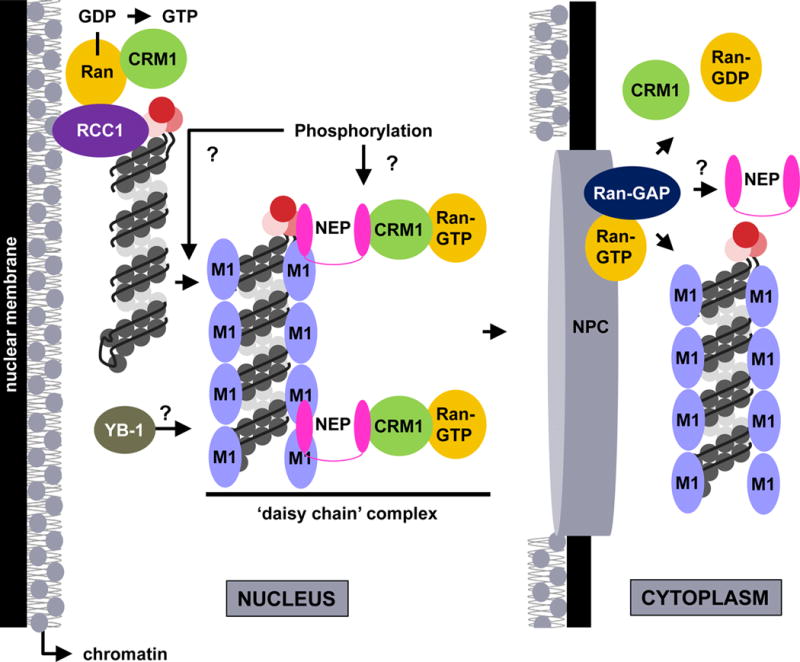Figure 4. Model for vRNP nuclear export.

Late in infection, vRNPs localize to the chromatin at the nuclear periphery and associate with components of the CRM1 nuclear export pathway (e.g., RCC1). After a signal that may include phosphorylation of an unknown target protein, mediated by signal transduction cascades activated by HA at the plasma membrane, the vRNPs are released from the chromatin. The vRNPs are subsequently exported from the nucleus by means of a ‘daisy chain’ complex, through which the viral NEP protein acts as an adaptor between vRNP-M1 and CRM1-Ran-GTP. The cellular YB-1 protein may be co-transported with vRNPs. At the cytoplasmic side of the NPC, Ran-GTP hydrolysis releases transport factors and vRNPs into the cytoplasm, where vRNPs remain associated with M1. Whether NEP remains associated with the cytoplasmic vRNPs remains unclear.
